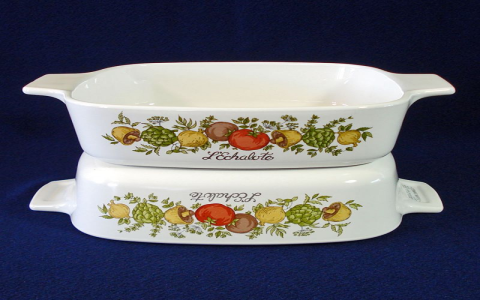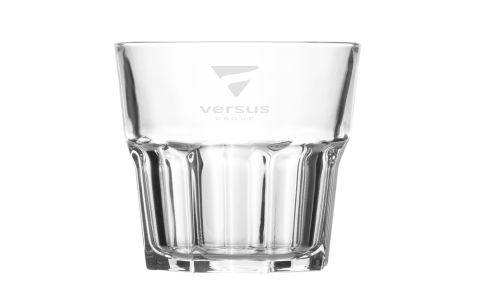Cooking Up A Cup: Quantities in the Kitchen
Are you whipping up a recipe that lists ingredients in milliliters but you’re more familiar with cups? Don’t worry, converting between these measurements can be as simple as understanding your kitchen tools. Here, we’ll explore how much 160 ml is in cups and take a quick look at why knowing these conversions has become essential in modern cooking.
Let’s start with the basics. A cup in the metric system, which is widely used in most countries outside of the United States, equals 250 milliliters. However, in the United States, the customary cup size is 8 fluid ounces, which translates to approximately 236.52 milliliters. These slight differences might seem minor, but they can affect the outcome of your culinary endeavors.

Now, to get back to our question, "how much is 160 ml in cups?"
If you’re going by the metric cup, 160 ml will give you a bit less than two-thirds of a metric cup. Here’s the calculation:
(160 ml) / (250 ml per metric cup) = 0.64 metric cups
For those using the U.S. measurement:
(160 ml) / (236.52 ml per US cup) ≈ 0.677 US cups
So, 160 ml is either 0.64 metric cups or 0.68 U.S. cups, depending on which system you favor.
But why has understanding these conversions become so important?
The world of culinary creativity is vast and global. With the internet, gourmets from around the world share their recipes. This global exchange means you might stumble upon a recipe from Australia, France, or your local neighbor, all potentially using different measurements. Knowing how to convert these measurements accurately is not just handy, it’s practically necessary if you want your cooking or baking to turn out as intended.

When you’re in the kitchen, precision can mean the difference between a delightful dish or a culinary catastrophe. This is where understanding measurements like cups and milliliters comes into play. Here are a few practical tips:
- Invest in good tools: A set of kitchen scales that allows for metric as well as imperial measurements can be a lifesaver.
- Practice conversion: The more you convert measurements, the more intuitive it becomes. You might not even need a calculator for simple conversions.
- Understand the recipes’ context: If a recipe is American, lean towards using the U.S. cup, whereas for European or international recipes, the metric system might be more appropriate.
Now let’s spice up our understanding with some culinary examples:
-
Imagine you’re making a classic French vinaigrette. The recipe might call for 40 ml of olive oil, 20 ml of vinegar, and some milliliters of Dijon mustard. Converting these to cups can help maintain the delicate balance the recipe was designed for.
-
Or, if you’re into baking, consider a custard recipe where measurements are crucial for the texture. Here, precision through understanding cup and ml conversions is not just recommended; it’s essential.
But what about regional preferences? Chefs and home cooks often have their preferences based on what they’re used to. In some countries, going by milliliters can be more common, especially since milliliters can be more accurate for smaller quantities than cups. Conversely, using cups might feel more at home for others, giving a tactile sense of the ingredient’s volume.
So, next time you’re reading through your cookbooks or scrolling through a recipe online, just remember 160 ml might be close to two-thirds of a cup, but it’s the cultural and personal context that will truly guide your kitchen measures. And with that, keep cooking, keep measuring, and most importantly, keep enjoying your food in every precise, delicious, and international way.



